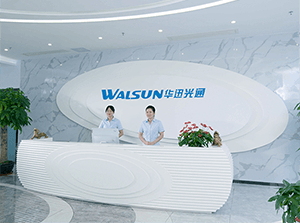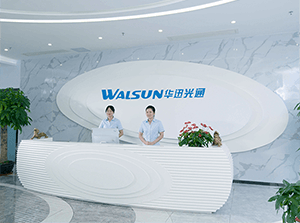PRODUCTS

- The term "SFP" typically refers to Small Form-Factor Pluggable, which is a compact and hot-pluggable transceiver used for communication in network and telecommunications equipment. SFP modules are commonly used in network switches, routers, and other networking devices.The maximum speed of an SFP module depends on the specific type and standard it adheres to. There are various types of S1328

- SDH (Synchronous Digital Hierarchy) and DWDM (Dense Wavelength Division Multiplexing) are both technologies used in the field of optical networking, but they serve different purposes and operate at different layers of the network. Purpose and Functionality:SDH (Synchronous Digital Hierarchy): SDH is a standardized technology for synchronous data transmission over optical fibers. It provides a6296

- QSFP+ (Quad Small Form-factor Pluggable Plus) is a type of high-speed, hot-pluggable transceiver module used in data communication applications. It is designed to support data rates of up to 40 gigabits per second (Gbps). Here are some common uses of QSFP+ modules: 40G QSFP+40 Gigabit Ethernet (40GbE): QSFP+ modules are often used in networking equipment to enable high-speed data connections844

- SFP 10G SR (Short Range) and SFP 10G LR (Long Range) are both types of 10 Gigabit Ethernet (10GbE) optical transceivers used in networking equipment to provide high-speed connectivity. The main difference between them lies in the distance they can cover:SFP 10G SR (Short Range):Distance: Typically supports distances up to 300 meters over multimode fiber.Fiber Type: Designed for use with multimode1019

- BiDi (Bidirectional) and full-duplex are terms that refer to different communication modes in networking:BiDi (Bidirectional): Definition: Bidirectional communication allows data to be transmitted in both directions over a single communication channel.Application: In the context of optical fiber transceivers, such as BiDi SFP (Small Form-factor Pluggable) or BiDi optics, it typically refers t1936


 CHS
CHS Walsun Mall
Walsun Mall










